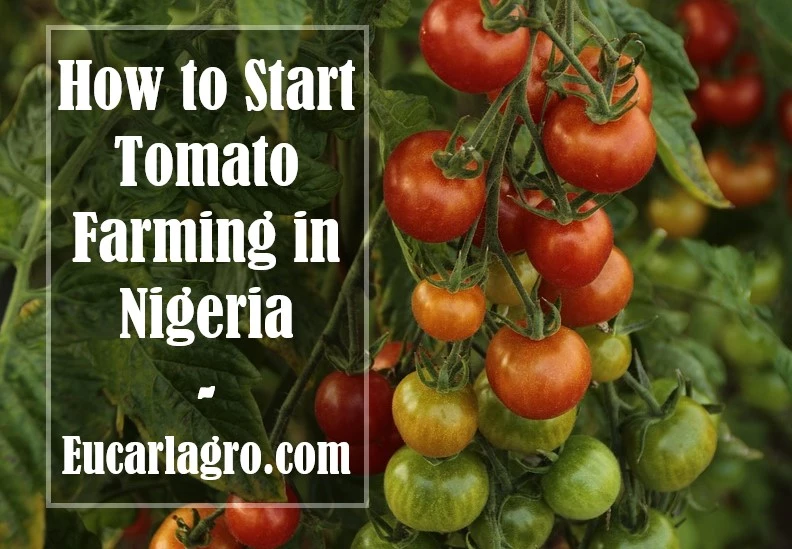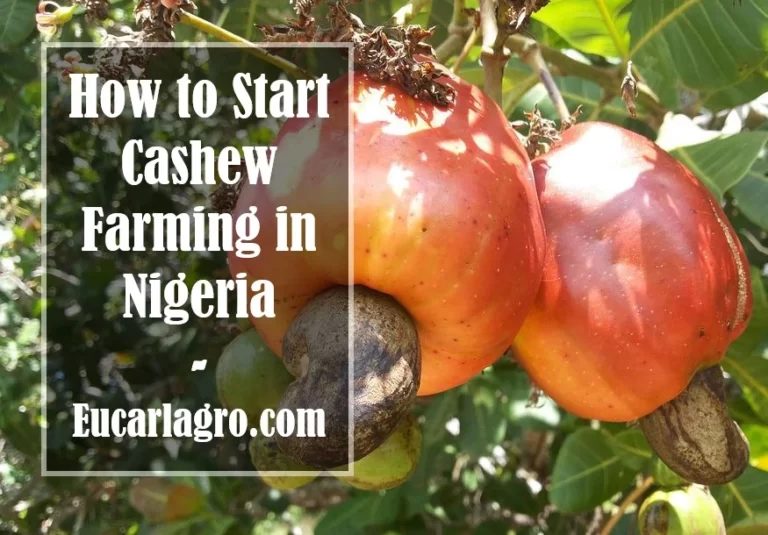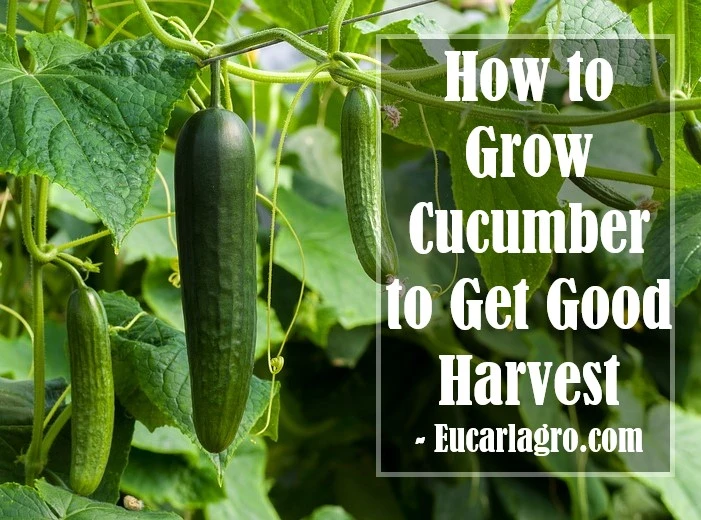How to Start Tomato Farming in Nigeria
It’s not just in Nigeria that tomatoes are popular; they’re popular around the world. We use it in stews, soups, salads, jollof rice, and other dishes. The recent tomato crisis should remove any lingering doubts regarding tomatoes’ critical role in Nigerian cuisine. Tomato farming in Nigeria is a relatively simple endeavor that doesn’t necessitate specialized training.
How to Start Tomato Farming in Nigeria
There are a few things to keep in mind when it comes to Tomato Farming in Nigeria. The time, genetics, and environment must all be in sync for you to reap the benefits of your hard work in agriculture.

Setting Up The Nursery
The first step in Tomato Farming in Nigeria is setting up a nursery. As soon as the seedlings are at least a few leaves long and have established root systems, they are usually moved to a larger area, such as a garden bed or greenhouse.
Tomato seeds require a steady soil temperature of at least 60 degrees, and preferably 80 degrees, in order to germinate. Temperatures below 32 degrees Fahrenheit will destroy tomatoes, which are native to the tropics.
Small plots of land (or even your backyard) might be used for the nursery. In most regions of the country, this can be done in March or April, when the rain is just beginning to fall. Check any farming calendar for the ideal period for each year.
In any garden center, you’ll find a “Soilless” potting mix. Perlite (and/or vermiculite) is a common ingredient in handmade soilless mixes, as is sand. In the lack of sand, you can use bark or coconut coir as a substitute; however,’ seeding mix,’ which is more expensive, is the medium of choice for spreading tomato seeds.
While cell packs (the little plastic pots clustered together in packs typically used for flower and vegetable seedlings) are OK, a better approach is to use a small pot at least 3 or 4 inches tall and broad so the seedlings can grow to a healthy size without their roots being constrained.
The seeds need at least four hours of direct sunlight a day, but more is preferable, in order to germinate. Tomato seeds germinate more quickly when the temperature is higher. In addition to maintaining a temperature of at least 60 degrees Fahrenheit, farmers and gardeners have devised a variety of alternative methods to speed up the process.
The greenhouse effect can be used to warm the soil during the day and keep it warm at night by covering the pots with plastic and letting the sun’s heat do the work.
Tomato seedlings and mini-greenhouses have one thing in common: The sooner you remove the cover from your seeds as soon as they begin to germinate, the better. To avoid damping-off disease, a fungal ailment that thrives in quiet, moist air, they need to keep their air moving. Brown and gray patches form on the leaves, and the seedling dies soon after.
If you want to keep your tomato seedlings from drying out, it’s best to keep them in an area with a lot of air movement. It’s a good idea to keep a small fan or heat vent handy, as well as a window open from time to time (but only when outdoor temps get up to room temperature).
Germination begins around 5-7 days after the seeds are sown.
Transplanting
Sprouting will take a further 5 days after the seeds have germinated. In order to get your seedlings ready for transplanting, the first step is to harden them off and prepare the soil.
Increasing Resistance
The term “hardening off” tomato seedlings refers to the process of gradually exposing them to the elements. Within 10 days, this should take place. Tomato seedlings need a lot of patience and hand-holding as they adapt to outdoor settings, much like helping your child transition to kindergarten.
Locate a wind- and the sun-protected area outside where the seedlings can bask in indirect light. Alternatively, shade cloth can be hung from the ceiling and the wind can blow from the other direction.
On the first day, take your tomato seedlings outside and set them in a well-ventilated area.
Extend the time they spend outside on day two.
Every day, bring them back and forth, allowing them to spend more time outside and gradually increasing their exposure to the sun by gradually moving them out of the shadow.
After transplanting back and forth for five or six days, let the seedlings out at night for the final four or five days of care. Observe the weather and bring them inside if there is any risk of rain or frost.
Preparation of the Soil
To attain success in Tomato Farming in Nigeria, you have to be equipped with the right practices. Tomato seeds grow more quickly if the earth is warmed up. A good harvest in Tomato Farming in Nigeria starts by Preparing tomato beds a week or more before transplanting is helpful since heavy, wet soil covered in weeds or cover crops is difficult to warm up in the rainy season.
It’s a good idea to start prepping the soil on the first day of hardening-off. With 8 hours of direct sunlight and rich, well-drained soil, tomatoes thrive.
At least 8 inches deep, loosen the soil using a Rototiller or a digging fork.
Cover the soil with 2 to 3 inches of compost and thoroughly mix it in.
Shape the loose earth into a low, broad mound no wider than four feet with a firm metal rake.
Transplanting
Planting tomatoes in the garden begins when the seedlings are 3 to 4 inches tall and the nighttime temperature consistently rises over 50 degrees Fahrenheit (13 degrees Celsius). Consult a biodynamic calendar to determine the best time of year to plant your crops, or simply plant them whenever you have the time.
In the middle of your tomato bed, dig a hole a few inches deeper than the pot in which your seedlings are being started. The recommended spacing between seedlings for each type should be found on the seed packaging.
To prevent disease spread, avoid crowding seedlings too closely together and plant them at a distance of 30 to 60 inches apart when they are at their maturity size.
Untangle the roots of each seedling by carefully removing them from its container.
Only the topmost leaves of the seedlings should be visible when they are planted deep in the ground. Techniques like this one aid tomatoes in a variety of ways, including increasing their ability to withstand extreme weather conditions.
Using your hands, tamp down the earth around the seedlings and then water them for the first time.
Pruning, training, and staking are the final steps in Tomato Farming in Nigeria.
As a result of poor care, tomato beds can become littered, disease-ridden, and unappealing. You must care for and sustain your tomato farm in order to keep it from deteriorating into a decrepit state.
Tomato vines can be supported by a trellis, post, or cage as you prune and shape them into a beautiful shape. The plants will be happier, healthier, and more attractive as a result of your efforts.
“Determinate” or “indeterminate” may appear wherever on the seed packet, even if it’s a small type. The former signifies that the plant will continue to develop until it reaches a predetermined size specified by genetics (the packet should indicate the size).
As long as harsh temperatures or other acts of nature (human or otherwise) are not disrupted, the latter will continue to develop endlessly.
Pruning and Developing
When it comes to Tomato Farming in Nigeria, the key is to get start pruning and developing as soon as possible after transplanting them.
Your tomato plants should be tied to a support structure every 6 or 8 inches as they grow. Tie the stems of the growing plants loosely because they are easily harmed. Garden twine, plastic plant tape, strips of cloth, or old pantyhose can all be used to make a stronghold on the branches.
In general, it is preferable to knot above rather than below a cluster of flowers, as the stems that carry them may become crimped when they mature into heavy clusters of fruit.
Tomato plants should be trained to have a single stem if you’re utilizing the single-stake or single-string trellis method. It is recommended to use three or four stems for either the horizontal-string trellis or the cage approach.
Since tomatoes can be grown closer together if trained to one stem, rather than branching out in numerous directions, it’s essential to decide on the approach before planting the tomatoes.
In the crotches between the leaves and the main stem, the original stem will produce side stems, which are commonly referred to as ‘suckers,’ as it grows. As soon as they appear, remove all suckers from the plant. Cut out suckers after the first few appear and allow them to form a new stem on their own. Pruning is as simple as snapping the sucker off with your fingers right above the main stem.
Harvest and Sale
Perhaps the most looked forward stage of Tomato Farming in Nigeria. It is recommended that tomato seedlings be transplanted at least two months before the fruit is ripe for picking.
Cut them off with scissors or hand pruners with a short stem attached, so that the scar at their top won’t decay before you can eat them before the region around the scar has rotted.
However, contrary to popular perception, the seeds in tomatoes can still be completely grown even if they are harvested when they are still in their “green stage,” which indicates they are ready to eat and can be stored in a refrigerator for up to two weeks.
When the green tomatoes have grown to their fullest size and the first blush of color has shown on their skin, they are ready to be plucked.
Some situations necessitate harvesting a tomato before it’s completely ripe:
Premature rot occurs when the crown of some types, particularly heirloom varieties, cracks. It’s best to remove them before they’ve deteriorated.
Unless the temperature drops below 86 degrees, tomatoes will not ripen and will rot on the plant. Indoors, they can develop to their fullest potential.
Tomato Farming in Nigeria is more susceptible to fungal illnesses in cool, rainy weather. When the fruit begins to decay, bring in plants that are still green.
Ripening tomatoes do not necessitate placing them in a bright window. In fact, the ethylene gas they generate as they ripen speeds up their ripening process. Ethylene gas concentration around the fruit affects how quickly and fully the fruit will mature.
Tomatoes can be ripened in a cupboard, a paper bag, or between sheets of newspaper. Don’t put them in a Tupperware container or a plastic bag since they require air to ripen. Keep them out of the fridge since they won’t ripen below 65 degrees Fahrenheit.
Indoor ripening of green tomatoes occurs in around two weeks. Put the green tomatoes in a bag with a ripe banana or an apple cut open, both of which generate a lot of ethylene gas, to expedite the process.
Tomatoes that are fully ripe can be stored at 55 degrees for up to four weeks before deterioration sets in. Refrigeration may extend their shelf life even further, although they become tasteless and mealy at temperatures below 50 degrees.


![23 Agricultural Products You Can Export From Nigeria ([year]) Agricultural Products You Can Export](https://eucarlagro.com/wp-content/uploads/2023/11/23-Agricultural-Products-You-Can-Export-From-Nigeria-768x576.jpg)


